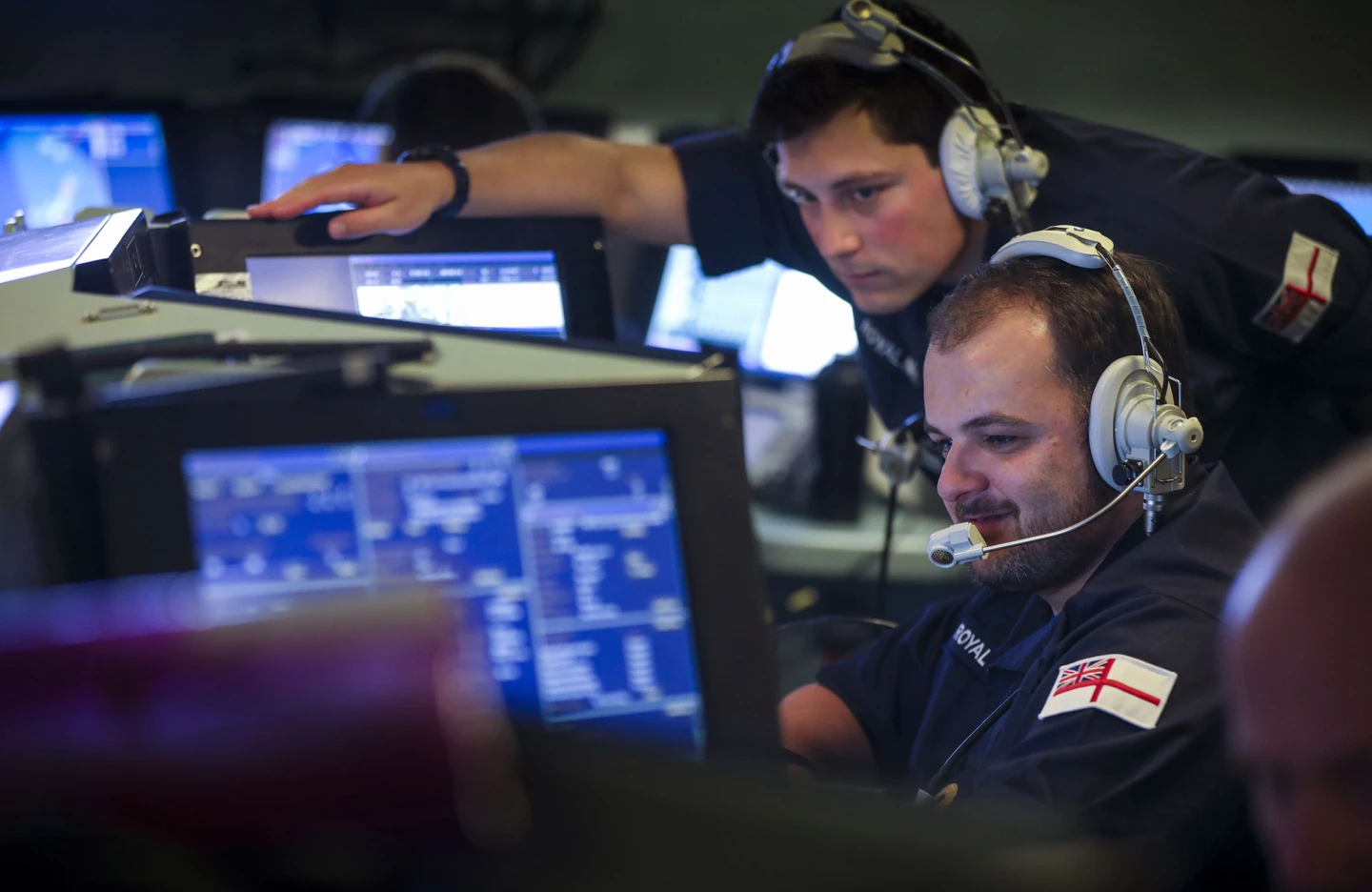The Royal Navy has used artificial intelligence to help counter live-fire supersonic missile attacks in sea trials for the first time. Part of the Formidable Shield NATO exercise involving 10 nations, 15 ships, dozens of aircraft, and about 3,300 personnel, off the coasts of Scotland and Norway, the test seeks to detect, track, and intercept sea-skimming missiles as well as ballistic missiles faster with less human intervention.
Supersonic missiles are amongst the most formidable weapons in modern naval arsenals. With their ability to fly faster than the speed of sound close to the water, these weapons are difficult to detect, and intercepting them requires instant calculation and decision-making, sometimes involving destroying an incoming threat when it comes within 5,000 ft (1,500 m) of its target.
With the emergence of hypersonic weapons, there is the danger of air defense operators, even with the aid of computers, being overwhelmed with having to analyze massive amounts of data, identifying threats, and launching the correct countermeasures.
The Formidable Shield exercise gives a glimpse of how supersonic and faster missiles could be defeated in the future using artificial intelligence and machine learning. Though AI systems aren't intelligent in any human sense of the term, they do have the ability to learn from large sets of data and extract patterns from them. In this way, they can take the huge influx of data from increasingly sophisticated sensor input, and identify and track missile threats.

For the three-week exercise, which continues through early June, the Navy has deployed three warships: the destroyer HMS Dragon, and the frigates HMS Lancaster and HMS Dragon, with experts from the British government's defense laboratory Dstl, and industry partners from Roke, CGI, and BAE Systems aboard.
The systems used were Startle, which monitors the air environment for the ship's operation room and gives real-time recommendations and alerts, and Sycoiea, which takes the results from Startle and helps to identify incoming missiles and recommends which weapon to use to counter them. According to the Navy, the AI systems allowed operators to identify live-fire threats more quickly, and even to outwit the operations room, which now had a lower workload.
"The sheer weight of hardware bought together in this exercise, and the chance to test the teams and systems against real-speed supersonic sea skimming and ballistic targets cannot be underestimated," says Lieutenant Commander Richard Dobson, HMS Argyll’s Principal Warfare Officer. "It has built the confidence of the team, pushed the boundaries of what these highly capable systems can do, and will help develop our future tactics in missile defense."
Source: Royal Navy









